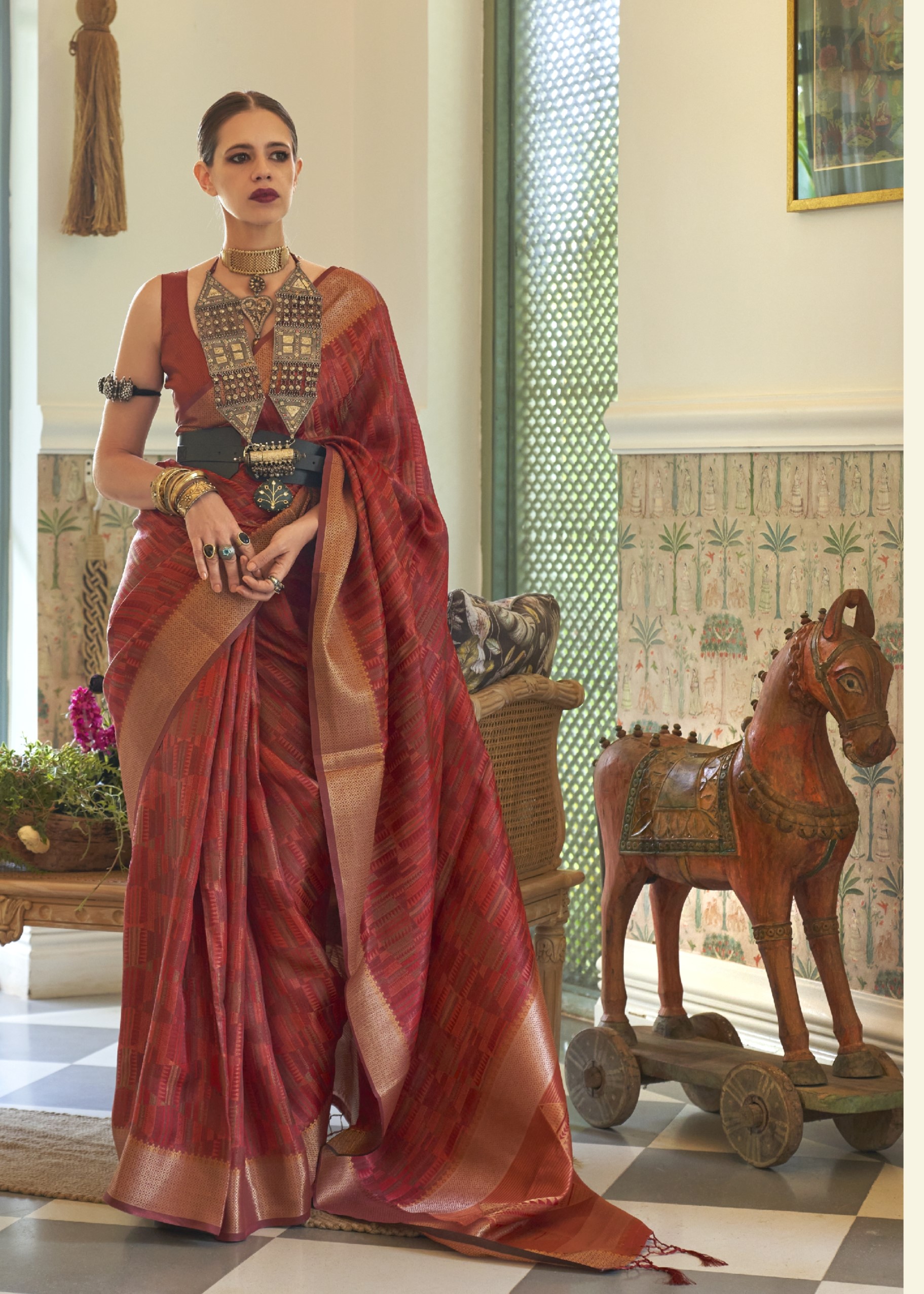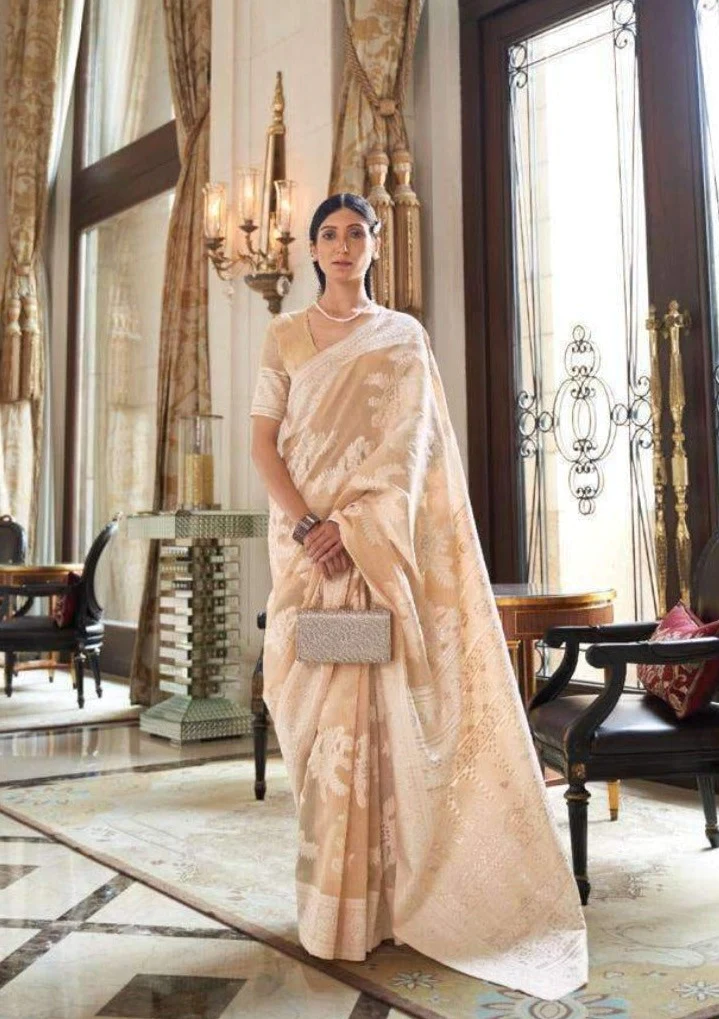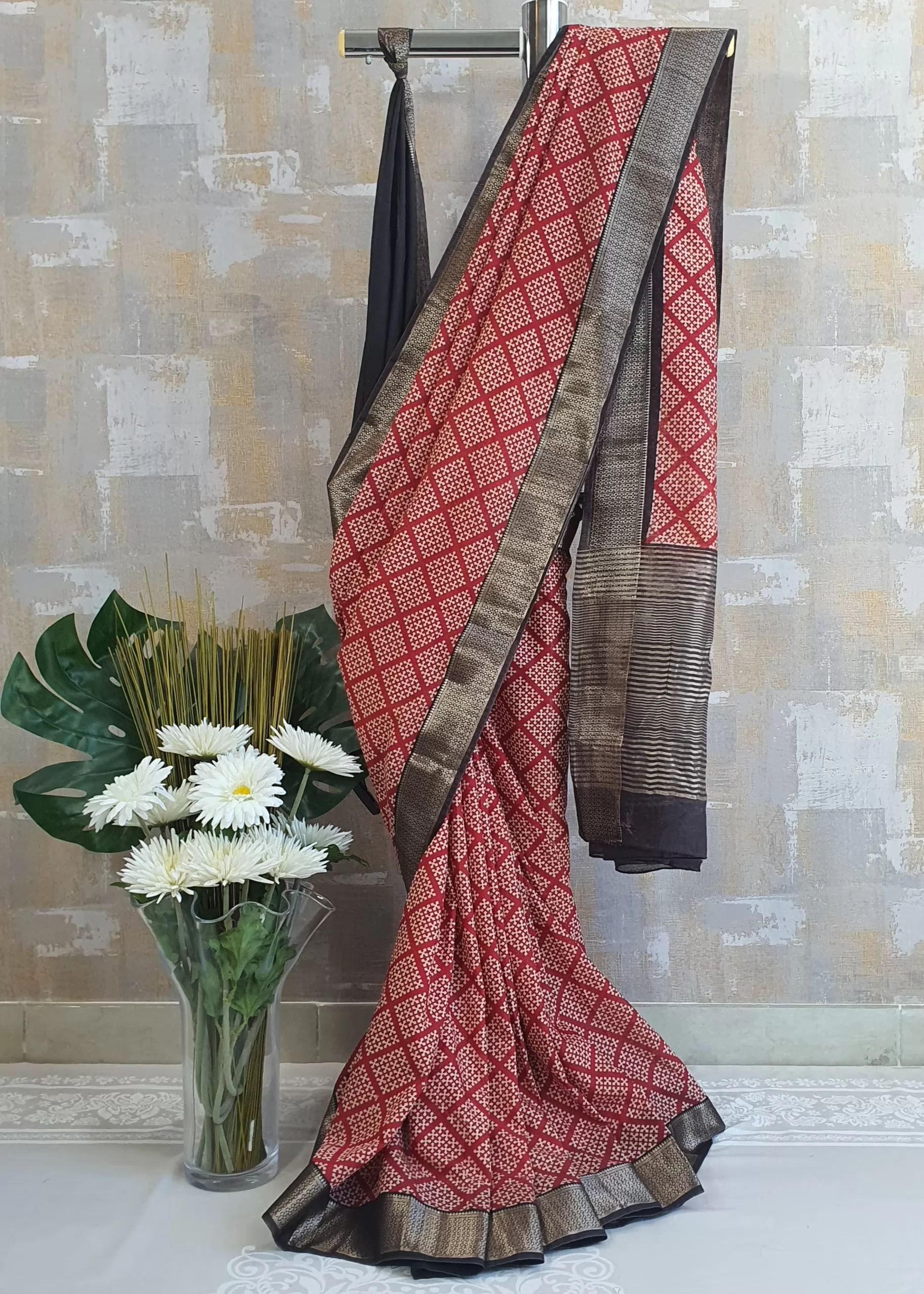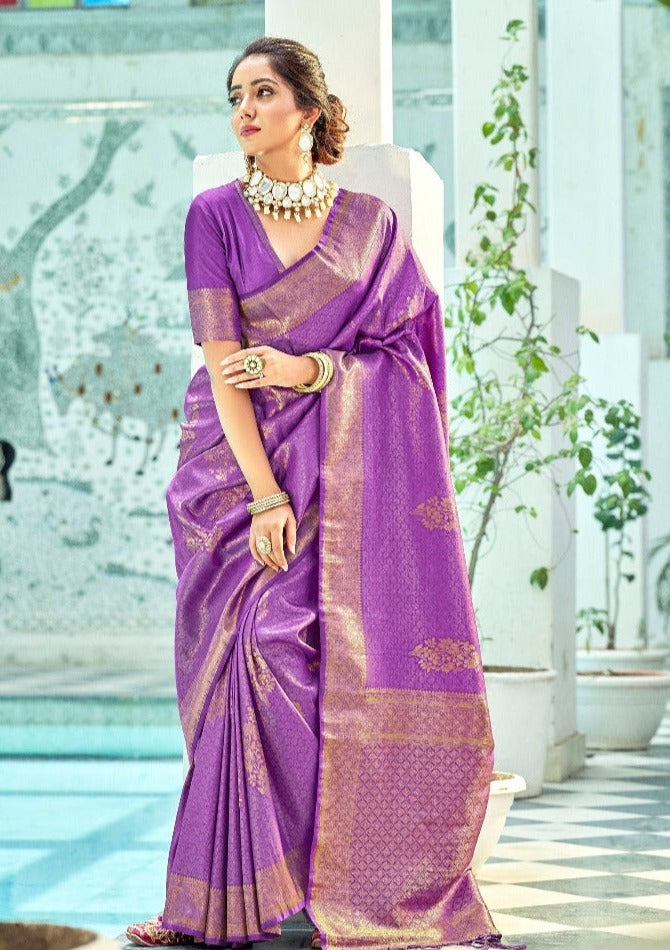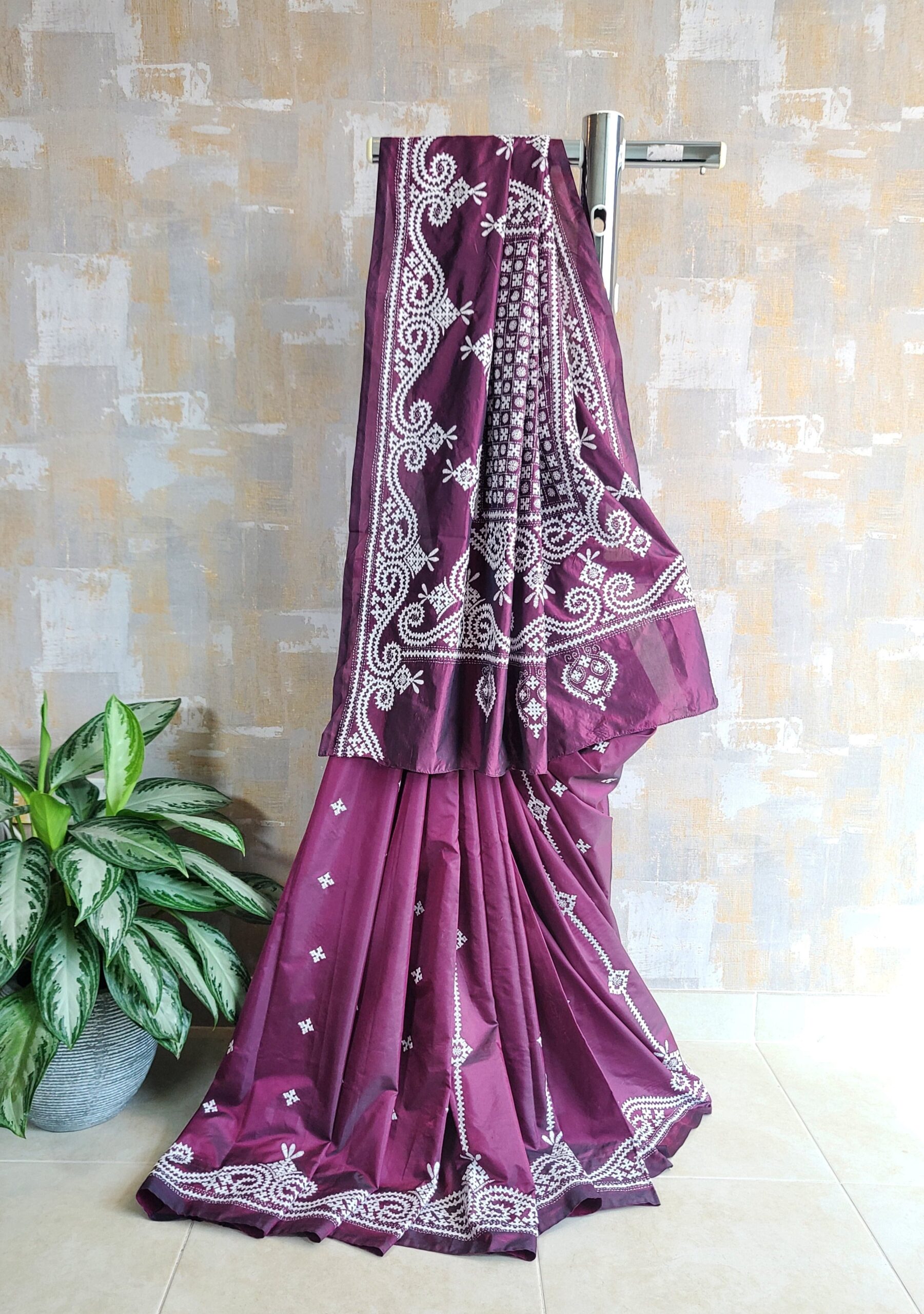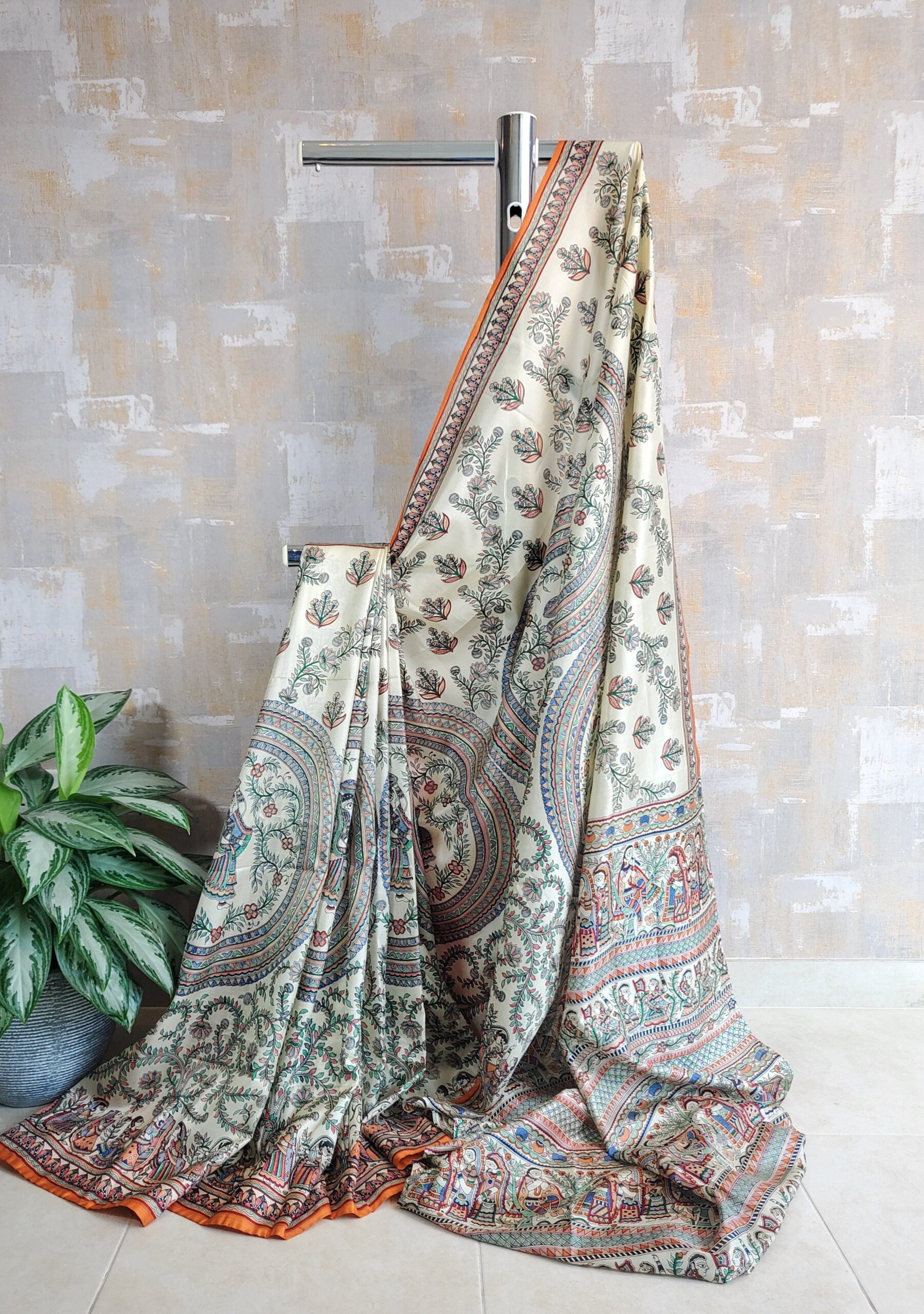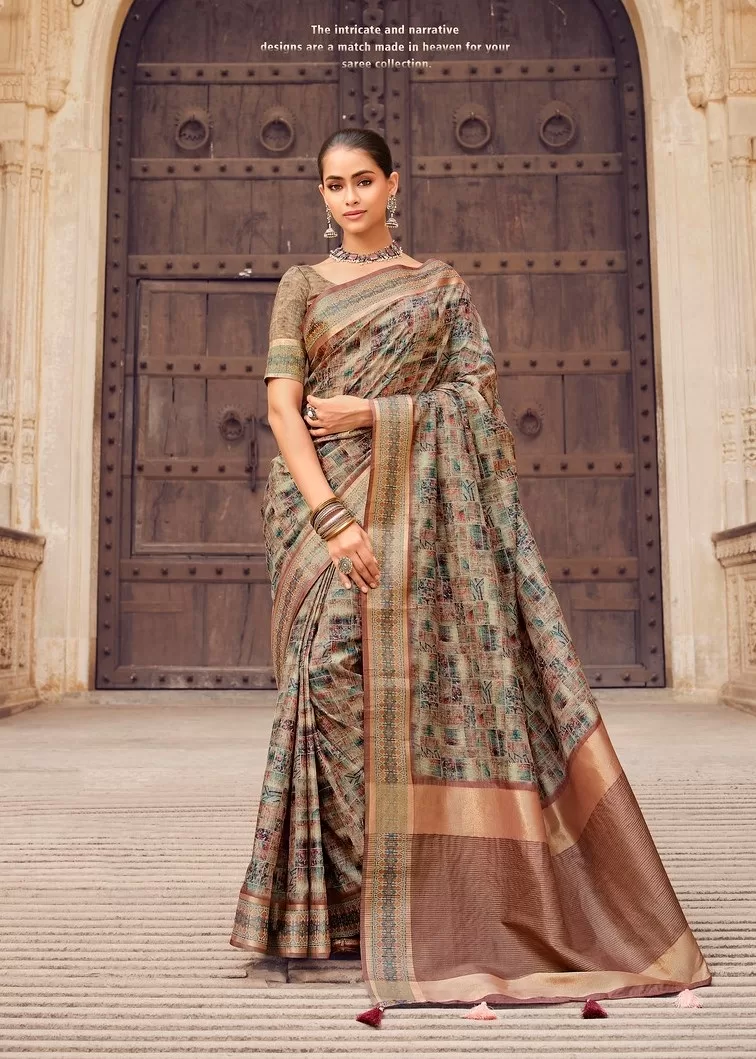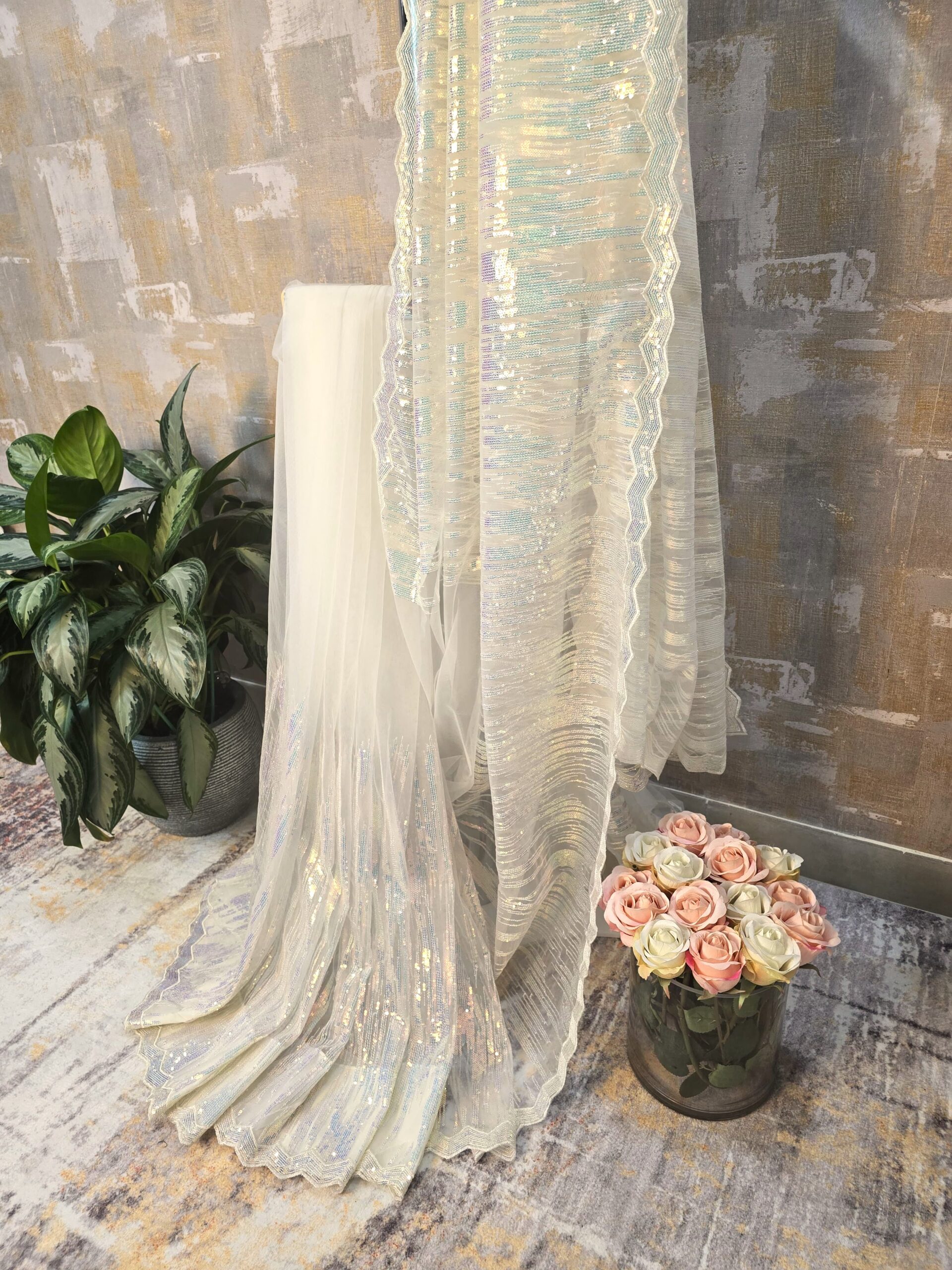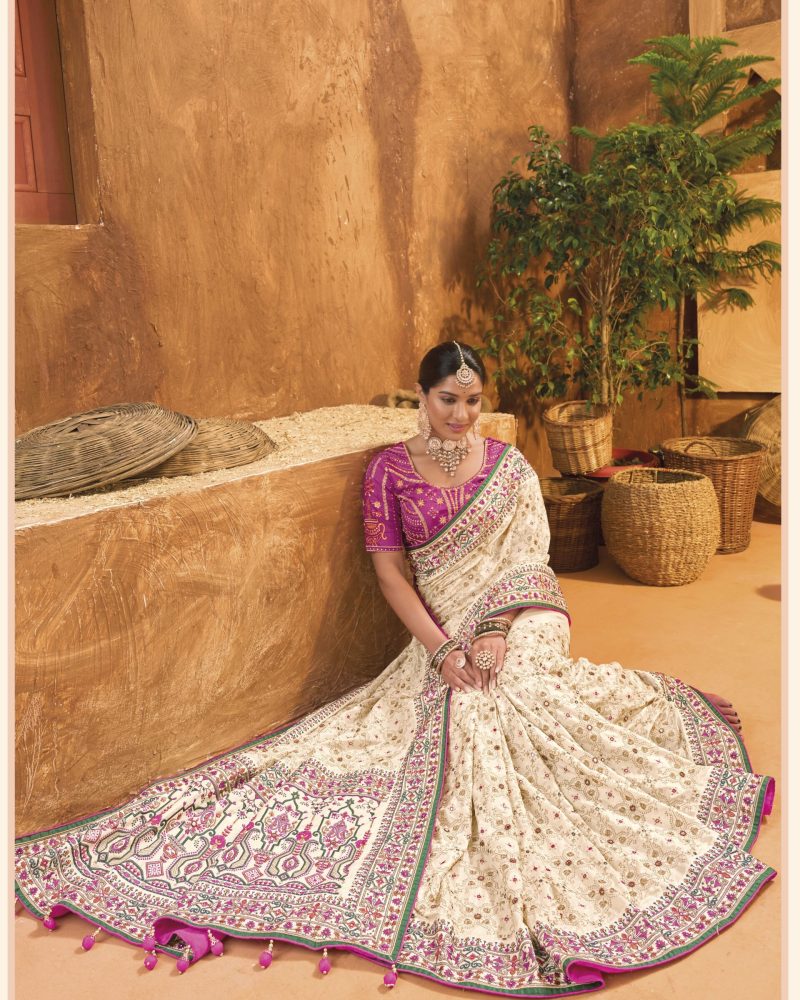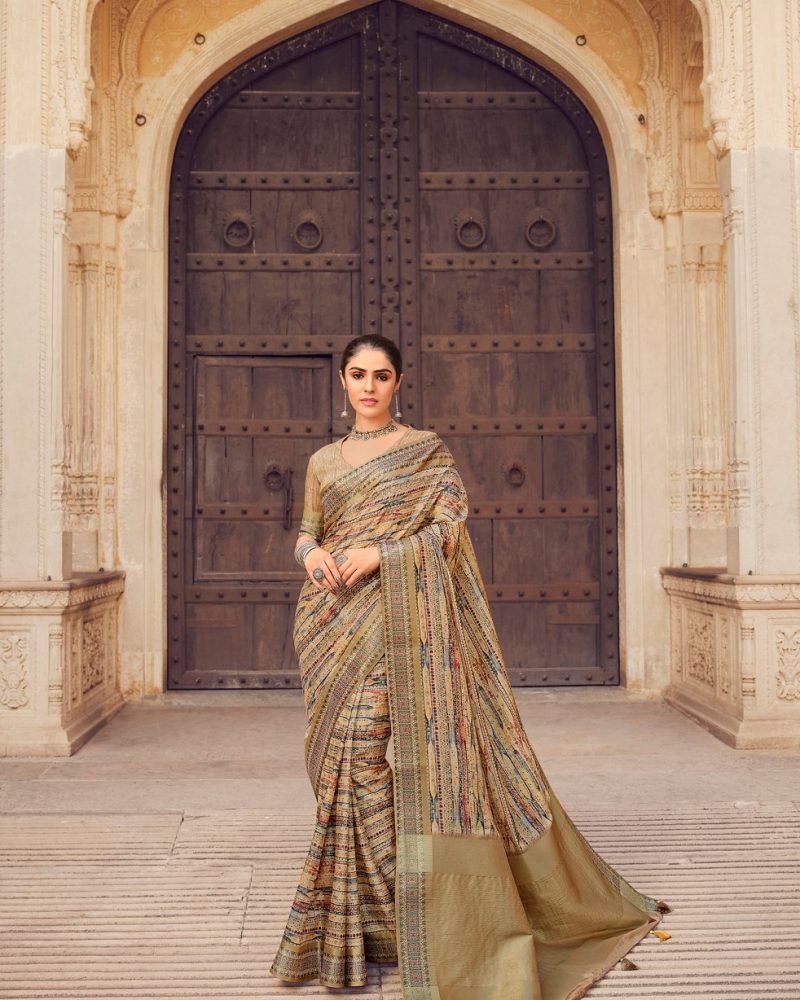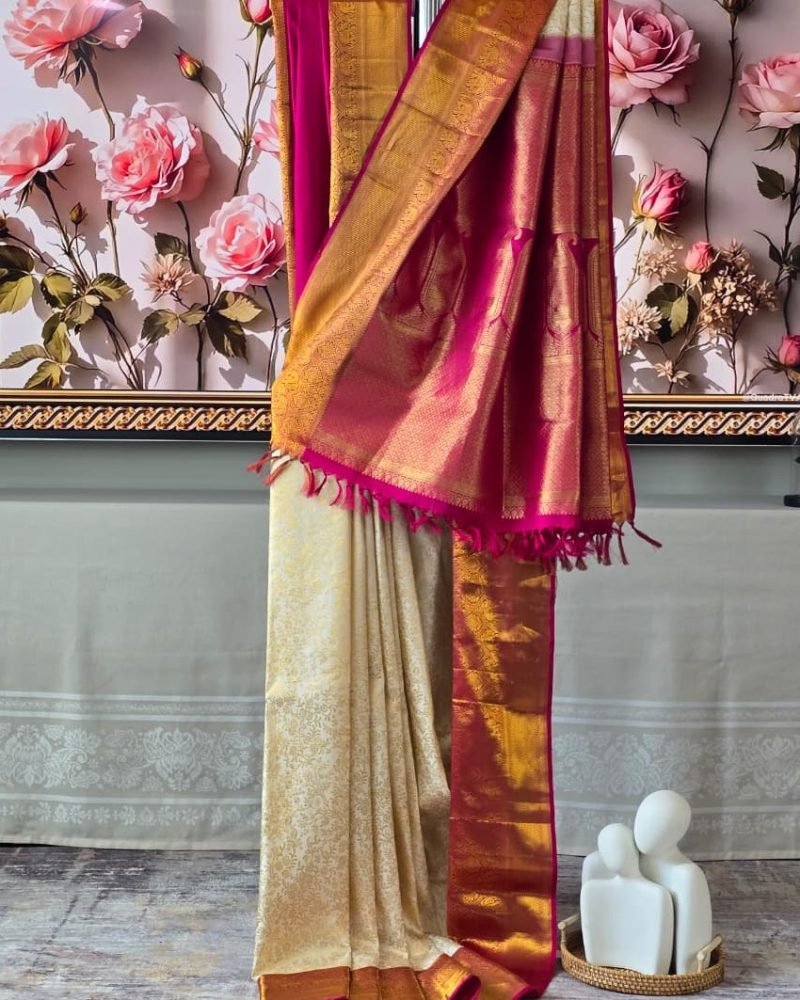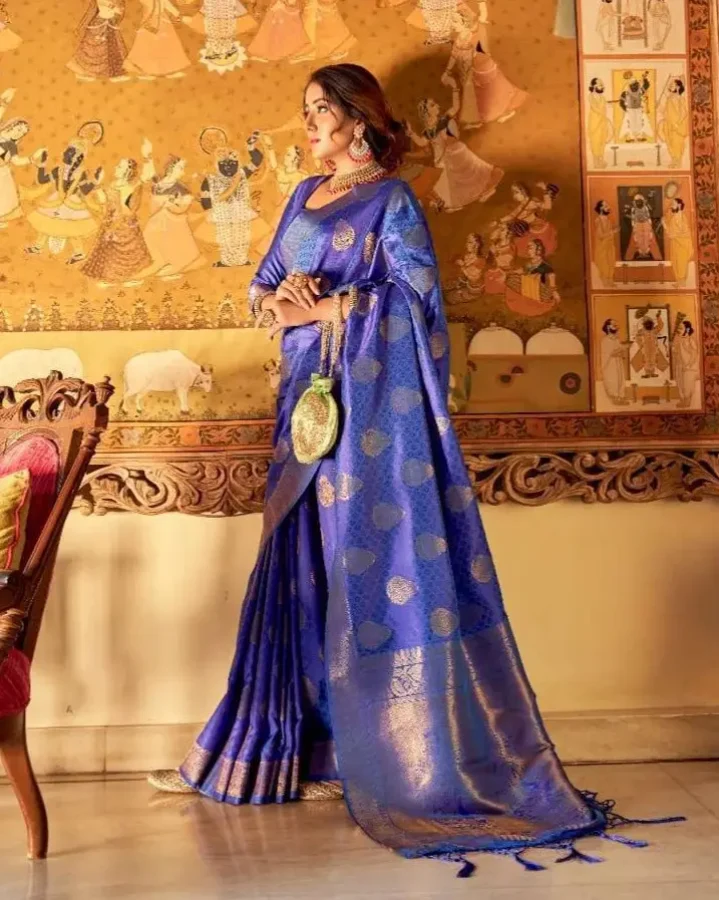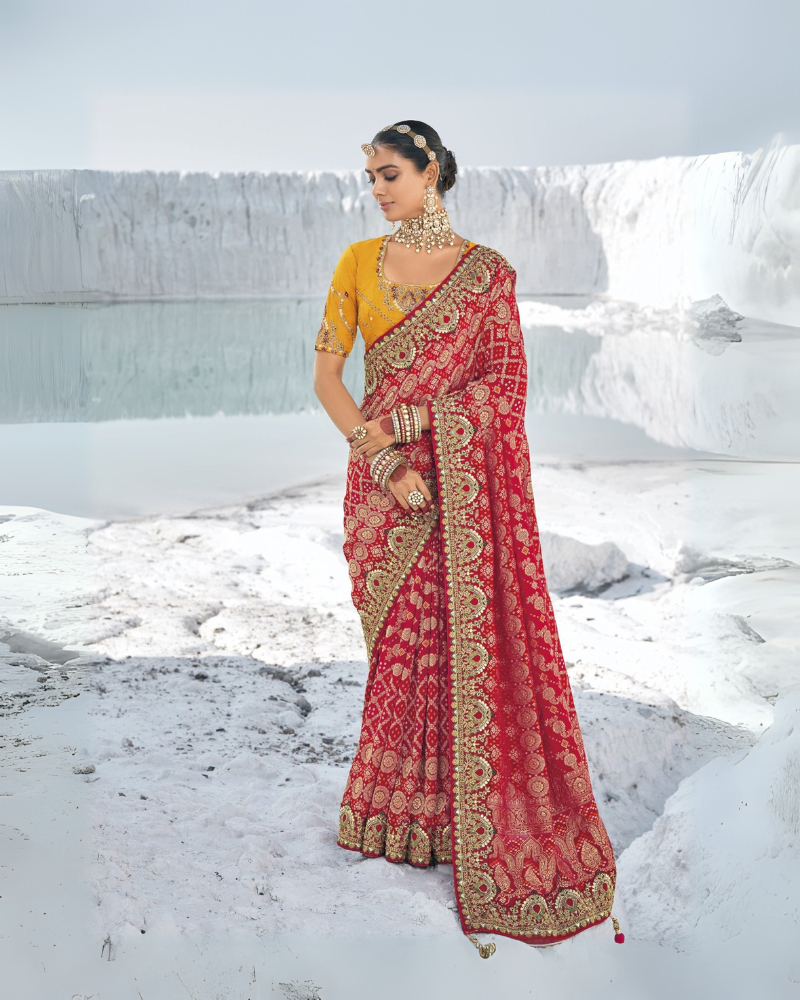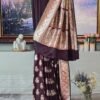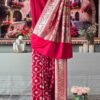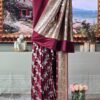Kantha is an indispensable part of the routine life in West Bengal, the eastern state of India. Newborns are wrapped in Shona-Kantha, a quilt adorned with Kantha stitch and golden beads; newlywed brides wear fine silk sarees with elaborate Kantha embellishment and the old folks wrap the Kantha shawls for warmth on cold winter nights. With Kantha-adorned bed spreads, table covers, sofa cushions, fruit baskets, shopping bags, coasters, handkerchiefs and wall tapestries, Kantha, has found a place in the day-to-day of the Bengali household. However, something as beautiful as Kantha could not remain constrained within the state, Kantha sarees today, have found admirers across India.
The town of Bolpur, located near Shanti Niketan, a UNESCO World Heritage site, just over 150 Km from the capital city of Kolkata, has gained global recognition for its inimitable art of Kantha embroidery. Most women in Bolpur, spend long tedious hours, working a fine needle over silk sarees, creating intricate, complex, and colourful patterns of natural flora and fauna, images of deer, peacocks, parrots, tigers, and fish from the animal world and human figurines from the rural surroundings. The saree is almost a medium of storytelling or preserving and communicating history and mythology through needle and thread. Kantha is a simple linear stitch, not a combination of complicated stitches and needle work, but simple doesn’t mean easy. The simplicity challenges the artisan’s creativity to create the extraordinary from the ordinary.
Kantha sarees typically made of cotton, Bangalore silk or tussar silk. The base usually is a plain solid colour, with the embroidery featuring traditional or modern abstract patterns in myriad colours. A typical Kantha saree takes from three to eight weeks’ time to finish, depending on the complexity and intricacy of the design. Since every artisan conjures innumerable ideas of design and patterns while creating the Kantha sarees, every saree tends to be unique.
Kantha sarees, today, are part of power dressing, preferred by women in politics, inside the halls of the parliament, court houses, and corporate conference rooms. These traditional, aesthetically pleasing sarees have transcended to meet the elegant, sophisticated and minimalist taste of the modern woman. The Kantha embroidered sarees are a testament to the idea that an artform that evolves with time and embraces the change gracefully, can rise on the other side of time, not only remaining relevant but also thriving.

